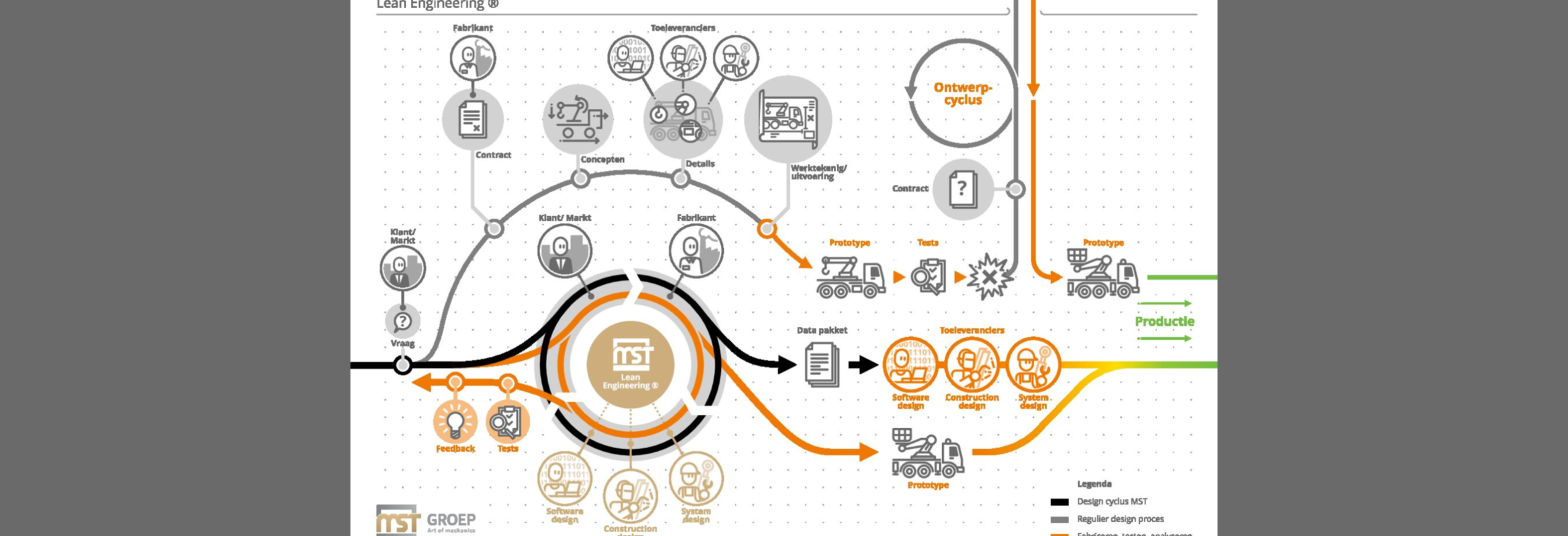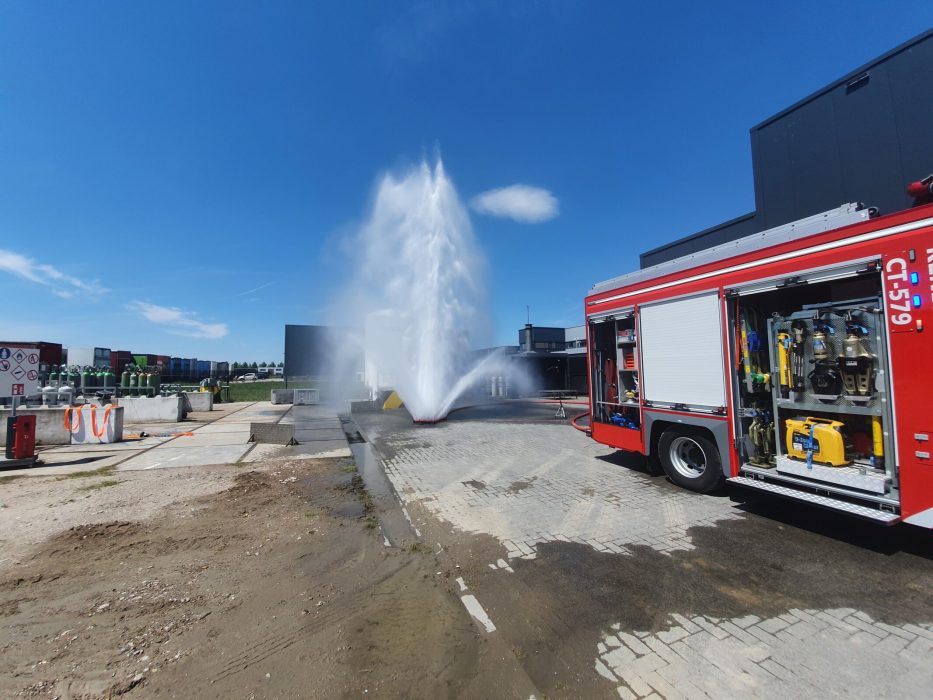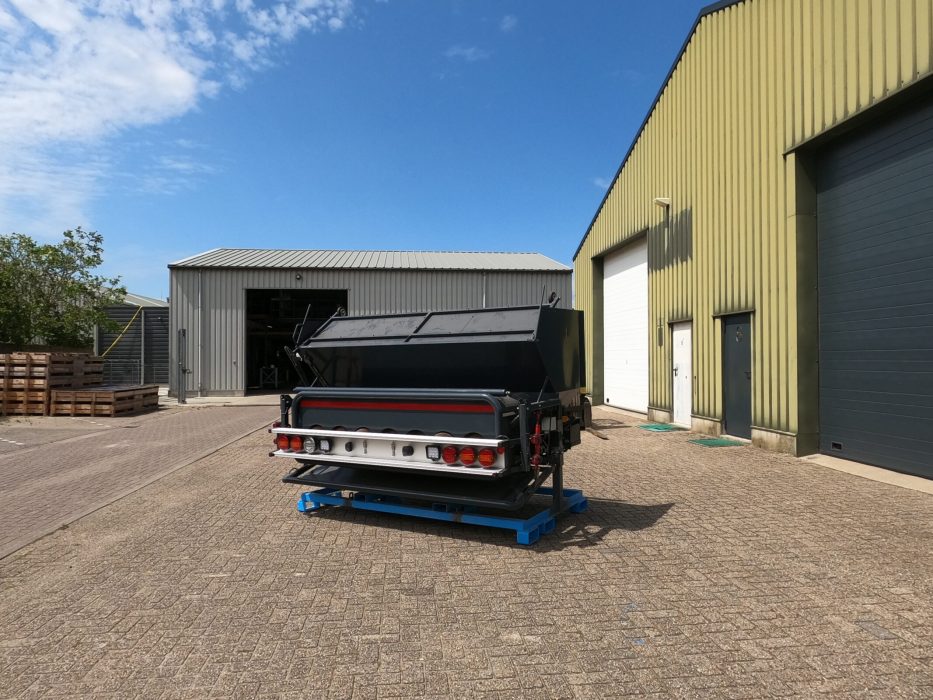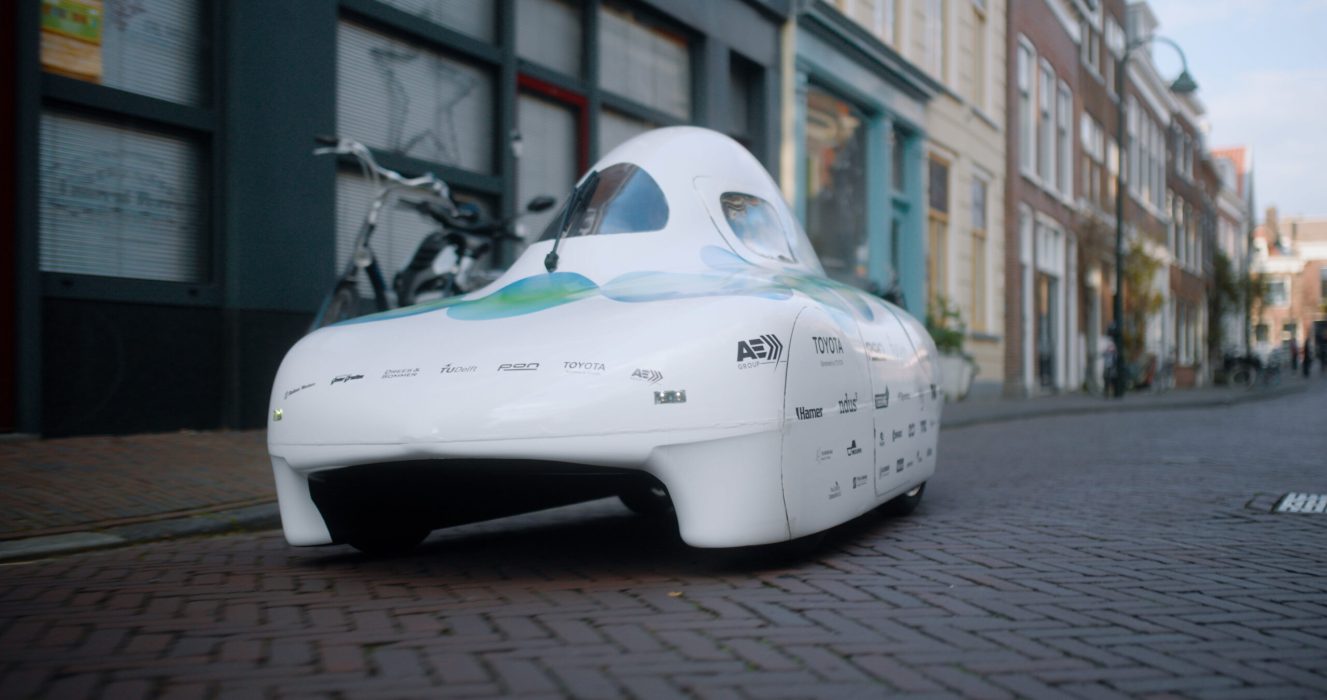Traditional Development
The traditional development process operates with a large development cycle. The stages; Problem, Concept, Detail, Prototyping, and Realisation, are carried out in order. This way of developing is also known as the waterfall method. This common approach makes the biggest investments before solutions and hypotheses are proven during the prototyping phase. If discovered that the final outcome differs from your expectations, there can be significant implications for the project’s advancement and the process is likely to cost more time and money than budgeted.
Lean Engineering is the solution!
Lean Engineering prevents the above-mentioned risks through, among others, consistent prototyping, narrowing the development cycle, strategic collaboration, and implementing scrum.
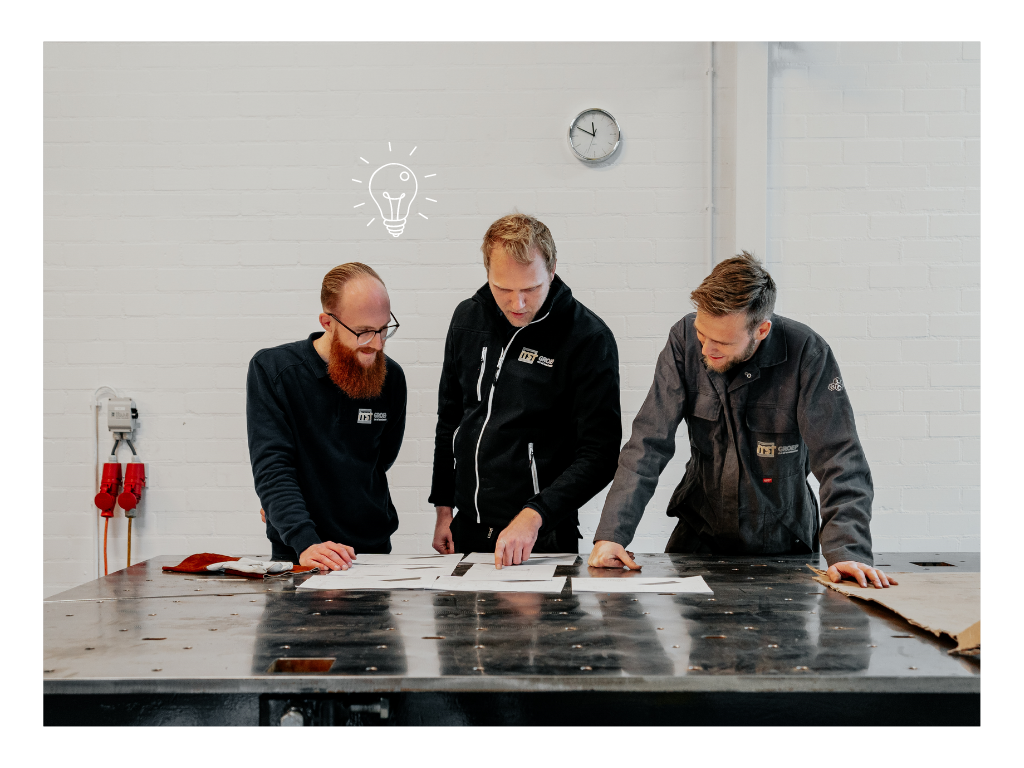
1. Consistent prototyping
Through (sub-system) prototyping, we validate the client’s expectations, end-user needs, and our own hypotheses at every stage of the development process. We demonstrate the problem (proof of desire) and constantly verify whether our activities still contribute to solving the problem and if the question is still adequately formulated.
Consistent prototyping provides essential information that allows us to make early adjustments to the development process. This way, we remain highly flexible in the final solution for an extended period of time.
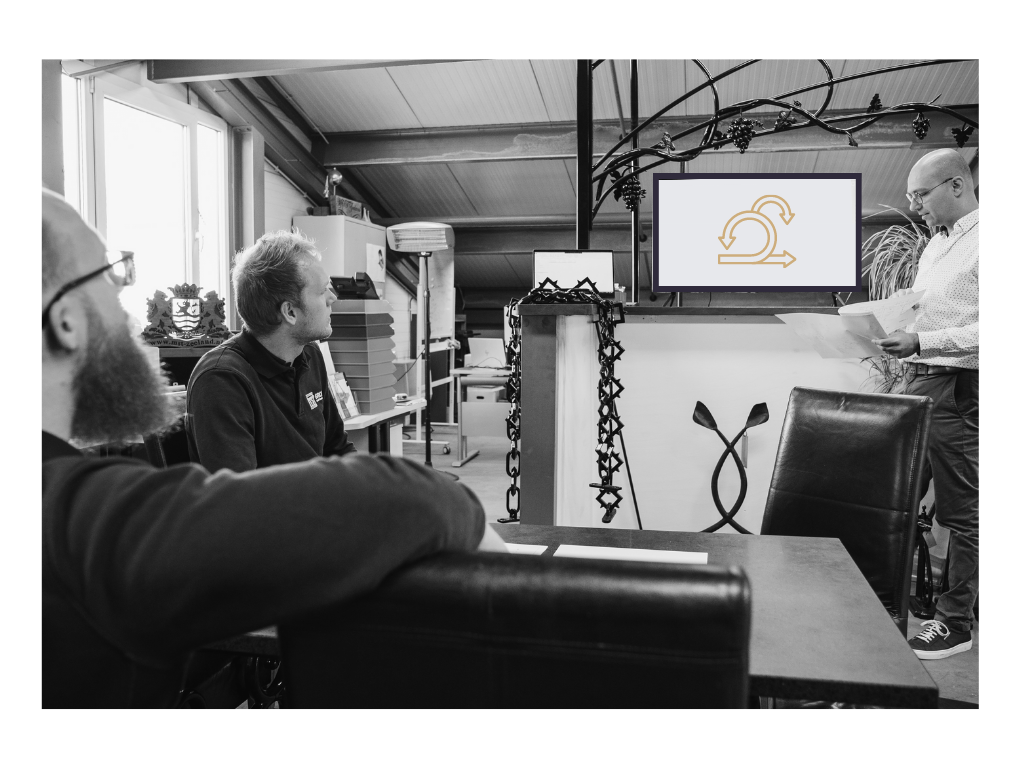
2. Narrowing development cycles
Secondly, Lean Engineering narrows the development cycle. We do this by dividing the proven issue into subproblems. Throughout the process, we critically evaluate the interaction between functions and subsystems and how they affect the development.
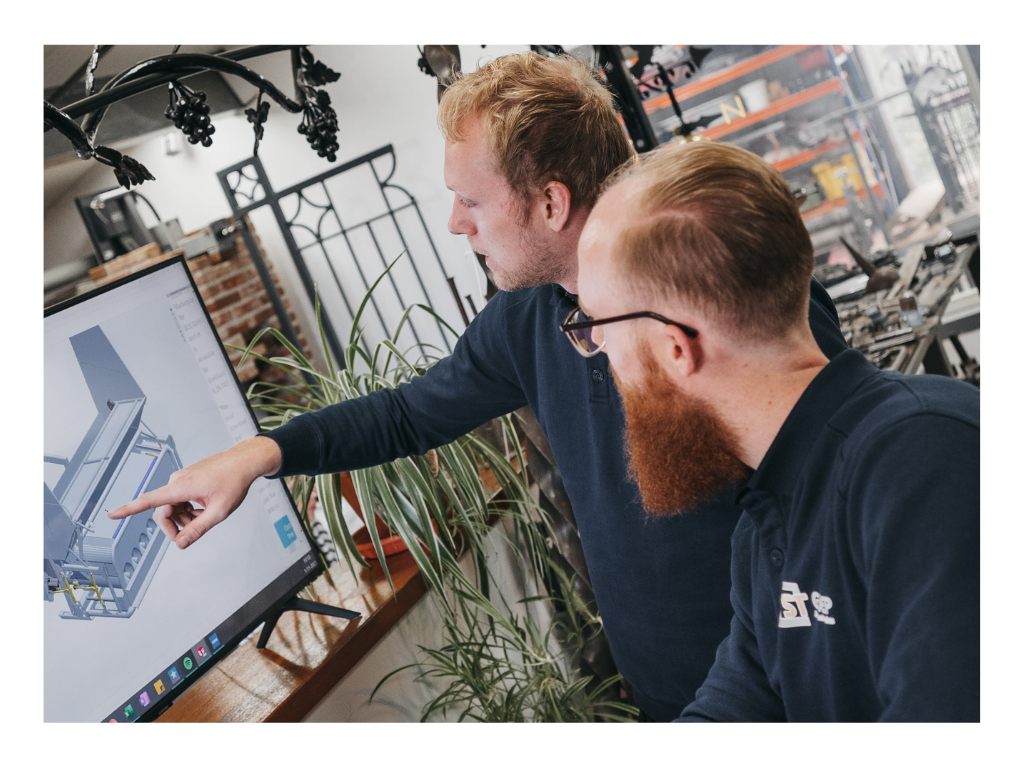
3. Strategic partnership & Scrum
Lean Engineering ultimately measures the expertise of all partners involved, including clients, users, and suppliers. We deploy the right skills at the right moment for the right subproblem so that each stakeholder can add their maximum value to the project. Different Scrum teams, consisting of a mix of partners, work in parallel on their subproblems. These teams maintain frequent contact to ensure compatibility between different subsystems within the final product.
What is Scrum?
Scrum is an iterative working method used for projects in which teams work on complex and rapidly changing tasks. Strategically composed teams work together flexibly and transparently while constantly monitoring and evaluating the progress of the project.
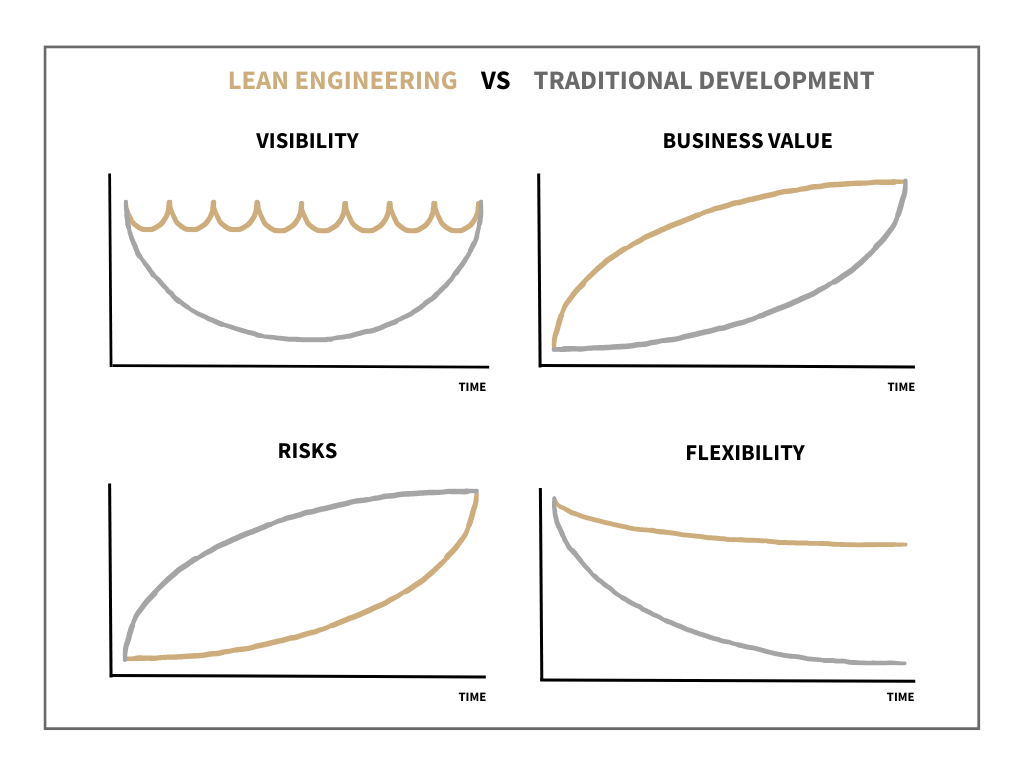
The benefits that come with Lean Engineering
Reduce risks
Using Lean Engineering, you reduce risks by no longer relying on a full investment before desires and solutions are proven. Identifying possible risks early on significantly increases the success rate of your project.
Flexibility
Lean Engineering uses the results from prototyping as guidance for the project. We remain flexible over an extended period by deferring detailed work until choices are proven to be appropriate.
Visibility
Prototyping makes solutions visible at every stage of the process, allowing us to frequently verify whether the chosen direction still aligns with your expectations.
Business value
The intermediate results achieved during the development process are often functional in their own right and therefore potentially marketable. Even if you decide not to continue the development, you can already generate revenue from these results. As a result, you do not have to make a full investment before the project delivers business value.

